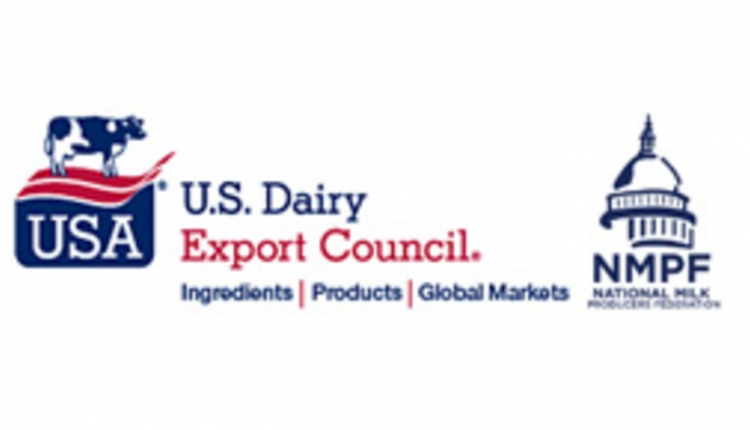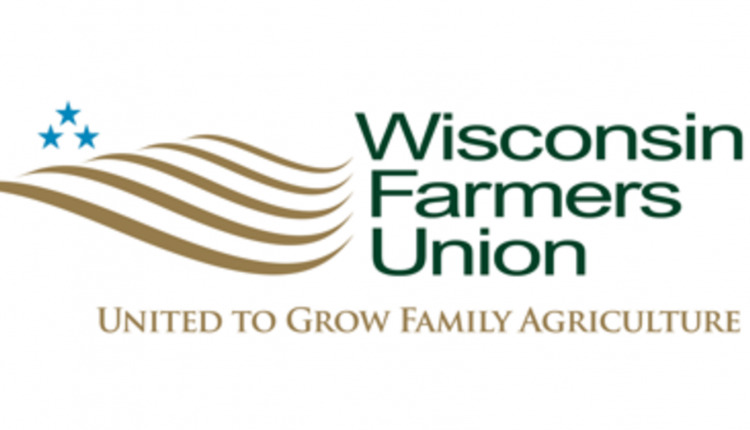As printed in our November 2017 issue . . .
FOR 45 STRAIGHT MONTHS, U.S. MILK FLOW has expanded. Overall, 17 of the 23 major dairy states produced more milk in September with Texas up 10 percent and Utah up 6.9. California fell 3.4 percent; Wisconsin grew 0.8; Idaho dropped 1.1 percent; as did New York, down 0.4 percent.
BY CULLING AN ADDITIONAL 4,500 COWS, farmers continued to trim the U.S. dairy herd in September when compared to the same time last year. Through the first nine months, 84,100 more cows were sent to packing plants when compared to last year’s total of 2.15 million cows.
THE AGRICULTURAL GUESTWORKER ACT passed a U.S. House Judiciary Committee by a 17 to 16 tally. The vote marked the first action in four years on potentially resolving the farm labor crisis. The program would allow dairy farmers to hire foreign workers on a year-round basis.
AS BUTTER AND CHEESE STOCKS DECLINED seasonally, butter consumption continued to grow robustly. In August, U.S. consumers, restaurants, and food processors purchased an additional 20 million pounds of butter compared to the same time last year, up 14 percent.
THREE REGIONS EXPORT JUST OVER 80 PERCENT of all dairy products. New Zealand tops the list with 29 percent market share followed closely by the European Union at 28 percent, then the U.S. at 24 percent.
U.S. DAIRY EXPORTS GREW 13 percent by volume, and 23 percent by dollar value so far this year; the highest levels in three years. Since 2003, nearly half of all new U.S. milk has gone beyond its borders. Dairy exports contribute $1.25 per hundredweight to dairy farmers’ milk checks.
WITH RENEGOTIATIONS UNDERWAY ON NAFTA, U.S. dairy has a great deal at stake with Mexico being its largest dairy product customer at well over $1 billion. The U.S. presently supplies 75 percent of Mexico’s dairy product imports. Retreating to pre-NAFTA tariffs could cost U.S. exporters over 45 percent more to ship products.
THE KIWI DOLLAR FELL to under 70 cents when compared to the U.S. dollar. This makes products from the world’s largest dairy exporter less expensive. Economists speculate that this could be a new paradigm as recent elections ended 10 years of conservative rule.
DAIRY DROPPED TO SECOND PLACE in New Zealand with tourism supplanting it. That has raised concern about dairy’s impact on the environment as the number of annual tourists have climbed from 2.7 to 3.6 million in the past five years for the island nation with 4.7 million citizens.
BOVINE TUBERCULOSIS HAS RETURNED to the forefront as five infected herds were identified in Michigan’s lower peninsula during 2016. If Michigan does not comply with a USDA memorandum, it could lose its TB-accredited free status and face much stiffer testing.
Can we improve immune function around calving and shut the door on some transition cow problems?
WILL DAIRY SUFFER COLA’S FATE?
Consumer confidence and markets can be difficult to predict. The wise dairy producer monitors both.
GENETIC EVALUATIONS FOR DISEASE RESISTANCE ARE ON THE HORIZON.
In April, every cow, heifer, and bull will have genetic evaluation for six major health traits.
FOR 45 STRAIGHT MONTHS, U.S. MILK FLOW has expanded. Overall, 17 of the 23 major dairy states produced more milk in September with Texas up 10 percent and Utah up 6.9. California fell 3.4 percent; Wisconsin grew 0.8; Idaho dropped 1.1 percent; as did New York, down 0.4 percent.
BY CULLING AN ADDITIONAL 4,500 COWS, farmers continued to trim the U.S. dairy herd in September when compared to the same time last year. Through the first nine months, 84,100 more cows were sent to packing plants when compared to last year’s total of 2.15 million cows.
THE AGRICULTURAL GUESTWORKER ACT passed a U.S. House Judiciary Committee by a 17 to 16 tally. The vote marked the first action in four years on potentially resolving the farm labor crisis. The program would allow dairy farmers to hire foreign workers on a year-round basis.
AS BUTTER AND CHEESE STOCKS DECLINED seasonally, butter consumption continued to grow robustly. In August, U.S. consumers, restaurants, and food processors purchased an additional 20 million pounds of butter compared to the same time last year, up 14 percent.
THREE REGIONS EXPORT JUST OVER 80 PERCENT of all dairy products. New Zealand tops the list with 29 percent market share followed closely by the European Union at 28 percent, then the U.S. at 24 percent.
U.S. DAIRY EXPORTS GREW 13 percent by volume, and 23 percent by dollar value so far this year; the highest levels in three years. Since 2003, nearly half of all new U.S. milk has gone beyond its borders. Dairy exports contribute $1.25 per hundredweight to dairy farmers’ milk checks.
WITH RENEGOTIATIONS UNDERWAY ON NAFTA, U.S. dairy has a great deal at stake with Mexico being its largest dairy product customer at well over $1 billion. The U.S. presently supplies 75 percent of Mexico’s dairy product imports. Retreating to pre-NAFTA tariffs could cost U.S. exporters over 45 percent more to ship products.
THE KIWI DOLLAR FELL to under 70 cents when compared to the U.S. dollar. This makes products from the world’s largest dairy exporter less expensive. Economists speculate that this could be a new paradigm as recent elections ended 10 years of conservative rule.
DAIRY DROPPED TO SECOND PLACE in New Zealand with tourism supplanting it. That has raised concern about dairy’s impact on the environment as the number of annual tourists have climbed from 2.7 to 3.6 million in the past five years for the island nation with 4.7 million citizens.
BOVINE TUBERCULOSIS HAS RETURNED to the forefront as five infected herds were identified in Michigan’s lower peninsula during 2016. If Michigan does not comply with a USDA memorandum, it could lose its TB-accredited free status and face much stiffer testing.
In your next issue!
IMMUNITY, INFLAMMATION, AND TRANSITION COWS.Can we improve immune function around calving and shut the door on some transition cow problems?
WILL DAIRY SUFFER COLA’S FATE?
Consumer confidence and markets can be difficult to predict. The wise dairy producer monitors both.
GENETIC EVALUATIONS FOR DISEASE RESISTANCE ARE ON THE HORIZON.
In April, every cow, heifer, and bull will have genetic evaluation for six major health traits.









